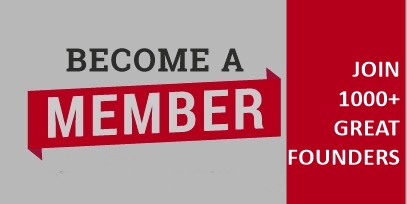Consumers are becoming ever more demanding and more complex, as they depend less on label alone and require clearer value and product superiority. They are trained to hunt for rewards and incentives, and they like a branded experience, especially if it's a digital one, that is rich with content, tools and community.
· The consumer definition of value has changed. The consumer sees the reward program as part of an entire package when purchasing a product. This includes not just functional benefits, but also how he or she feels about the company itself. For example, is your company a leader on environmental sustainability both with your products and within your company? If that's the case, sharing that information can improve your value to the customer.
· Brand equity-building and preference-building ideas will win against discount- or points-only approaches, and have lasting effect on brand loyalty. Offering customers the opportunity to purchase advance tickets for special events for example, or asking them to participate in a product feedback panel, is valuable in building their loyalty. A points program alone is not a big or unique idea. While it may be a cost of entry, or a tipping point for some segments, there needs to be a "wow" branded idea that sits on top of it. It also must be something that brand stewards and customer relations-management gurus can agree on.
· Understand how to stem brand-franchise defection. The real payback of a loyalty strategy is in managing existing customers, winning back lapsed customers and increasing the value of customers who might switch loyalties between brands on a regular basis. The key is conducting research with each of these groups, getting their input and developing strategies that are highly targeted to their unique position in your customer-relations efforts.
· Be sure to understand all available assets inside and outside your company through an audit to unlock your toolkit -- free touch points like a monthly bill, or product packaging or a value exchange from vendors with a mutual interest such as direct-mail packages or e-newsletters aimed at millennial moms with toddlers.
· Complementary companies with shared audiences will increasingly work together. This "consortium" approach to loyalty is a trend. Enfamil and Pampers, as well as General Mills and Nestle, are good examples of companies taking this approach. The Jigsaw Consortium, for example, leverages a shared database between several companies to effectively target like minded-brand loyalists and also reduce their individual costs for data analytics.
· Brands are profoundly vulnerable to social media. Loyalties can shift fast, as communities rally behind or rail against brands. Brands must be monitoring, influencing and promoting themselves in social forums, including your own company's Twitter or Facebook pages, etc. to ensure that social channels help, and not hurt. For example, if there is a perceived problem with your product that is being inaccurately reported by the media and shared in social media circles, make sure that you find other media outlets or experts that are reporting the full and accurate story, and connect these accounts to your social-media fan base.
*Originally written by Martin Reidy
*Please share your loyalty program problems and solutions















